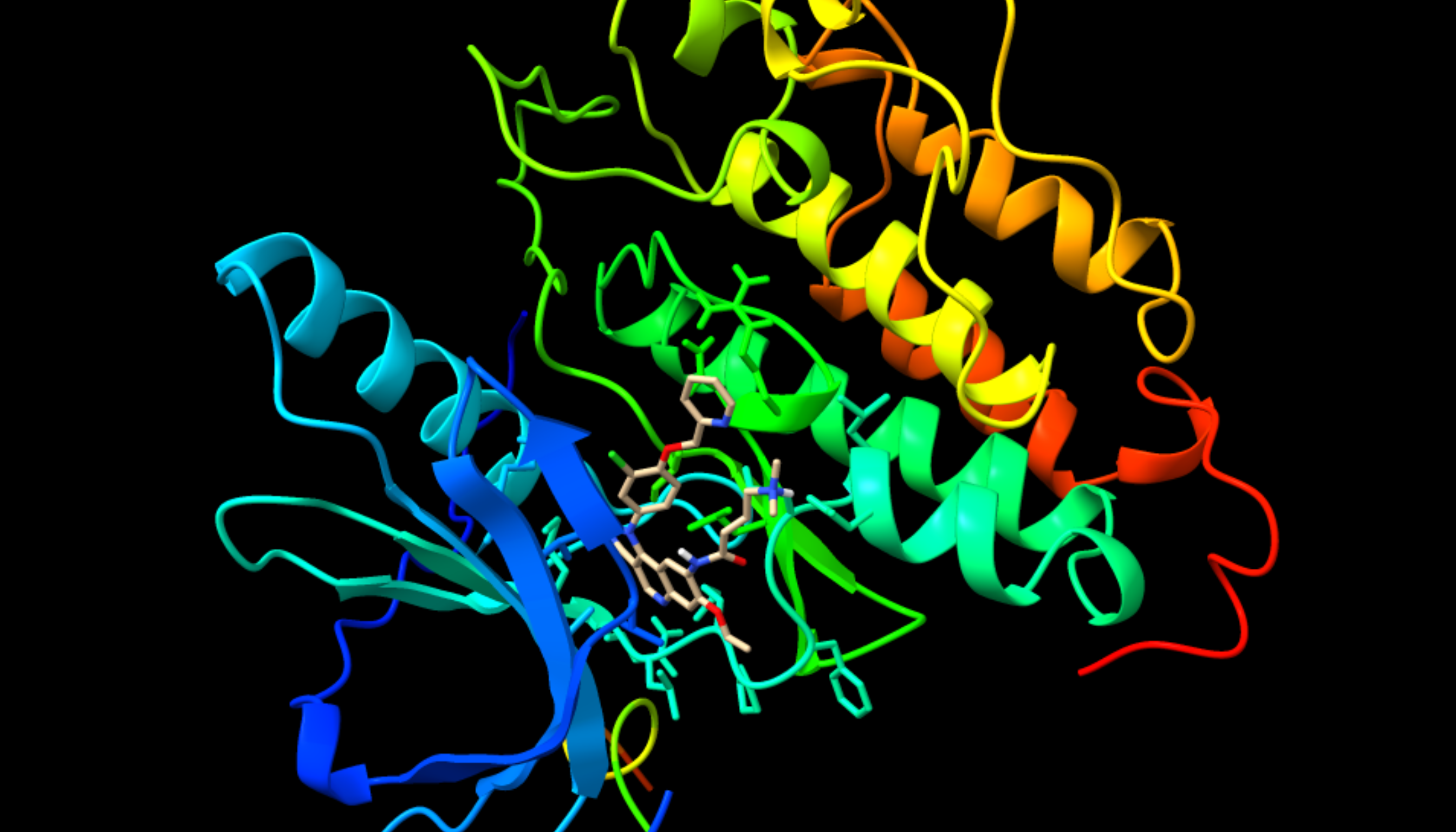Mentors: Peng Xu, Mark Gordon, Qi Li, Mengdi Huai
Table of Contents
Background
Metals are essential to biological processes, ranging from enzyme catalysis to DNA binding. However, accurately modeling their interactions with proteins and solvents remains a major challenge in computational chemistry. Classical methods often fail to capture the complexity of metal-ion binding, limiting progress in drug discovery and bioengineering. In this project, you will help validate and refine a quantum mechanical (QM) computational approach that combines quantum chemistry, fragmentation methods, and machine learning (ML) to model metal-protein interactions with accuracy and efficiency
Key Objectives
- Validate a fragmentation-based computational strategy for modeling metal-protein interactions.
- Integrate machine learning to enhance predictions of metal binding in biological systems.
- Create a scalable workflow for future large-scale screening of metal- targeting therapeutics
What You’ll Do
- Learn advanced tools Gain hands-on experience with quantum chemistry software (GAMESS), the Effective Fragment Potential (EFP) method, and coding/scripting for high-throughput simulations.
- Build ML modelsTrain and refine ML algorithms to predict metal-ion binding strengths using existing and newly generated datasets.
- Generate & analyze data Run computational experiments on metal- residue complexes and solvated metal ions, then curate and interpret results to improve model accuracy.
- Develop workflowsDesign automated pipelines for data generation, job submission, and energy decomposition analysis
Skills You’ll Gain
- Quantum chemical calculations (EFP, GAMESS)
- Python/bash scripting for workflow automation
- Machine learning model development (training, validation, refinement)
- Data analysis and visualization for biomolecular systems

